NASA’s Kennedy Space Center in Florida remains closed as Hurricane Milton moves off the coast.
The safety of everyone impacted by the storm remains our top priority as the agency begins the assessment and recovery process from the hurricane.
Once the winds subsided to a safe level, the center’s Ride Out Team and engineering teams began initial checkouts to ensure bridges are safe and useable. Later, a larger assessment team will thoroughly check the entire center.
The agency’s Europa Clipper launch team will schedule an official launch date when teams from NASA and SpaceX are able to perform their assessments, and confirm its safe to launch. Teams are working to protect launch opportunities no earlier than Sunday, Oct. 13. Clipper has launch opportunities through Wednesday, Nov. 6.
NASA will provide more information on Clipper launch opportunities as it becomes available.
Category: Uncategorized
Starliner Lands in New Mexico
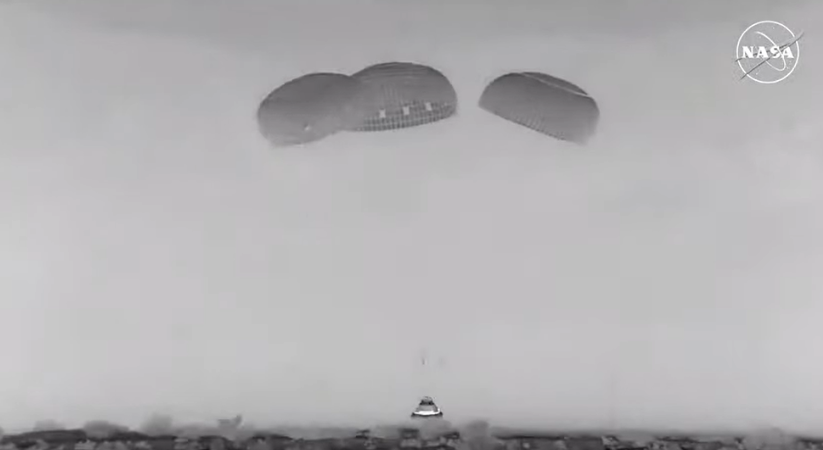
At 12 a.m. EDT, Boeing’s uncrewed Starliner spacecraft landed at White Sands Space Harbor in New Mexico.
NASA will provide coverage of a post-landing news conference at 1:30 a.m. on NASA+, the NASA app, YouTube, and the agency’s website.
The following will participate in the news conference:
- Joel Montalbano, deputy associate administrator, Space Operations Mission Directorate at NASA Headquarters in Washington
- Steve Stich, manager, Commercial Crew Program, NASA Kennedy Space Center in Florida
- Dana Weigel, manager, International Space Station, NASA Johnson
Learn more about the mission by following the commercial crew blog, @commercial_crew on X, and @NASACommercialCrew on Facebook.
Coverage Set for SpaceX’s 30th Resupply Mission to Station

New research and technology demonstrations for NASA are set to launch aboard the agency’s SpaceX 30th commercial resupply services mission to the International Space Station. Launch is targeted for 4:55 p.m. EDT Thursday, March 21, lifting off from Space Launch Complex 40 at Cape Canaveral Space Force Station in Florida.
Live launch coverage will air on NASA+, NASA Television, the NASA app, and the agency’s website, with prelaunch events starting Tuesday, March 19. Learn how to stream NASA TV through a variety of platforms.
SpaceX’s Dragon spacecraft will deliver new scientific investigations, food, supplies, and equipment to the international crew. NASA and its partners will send studies aboard the mission on plant metabolism in space and a set of new sensors for free-flying Astrobee robots to provide 3D mapping capabilities. Other research includes a fluid physics study that could benefit solar cell technology and a university project from CSA (Canadian Space Agency) that will monitor sea ice and ocean conditions.
Arrival at the station is scheduled for approximately 7:30 a.m. Saturday, March 23. The SpaceX Dragon spacecraft will dock autonomously to the zenith port of the station’s Harmony module.
The spacecraft is expected to spend about a month attached to the orbiting outpost before it returns to Earth with research and cargo, splashing down off the coast of Florida.
Click here for the entire schedule of events.
Dragon Safely on its Way to Space Station for NASA’s SpaceX Mission
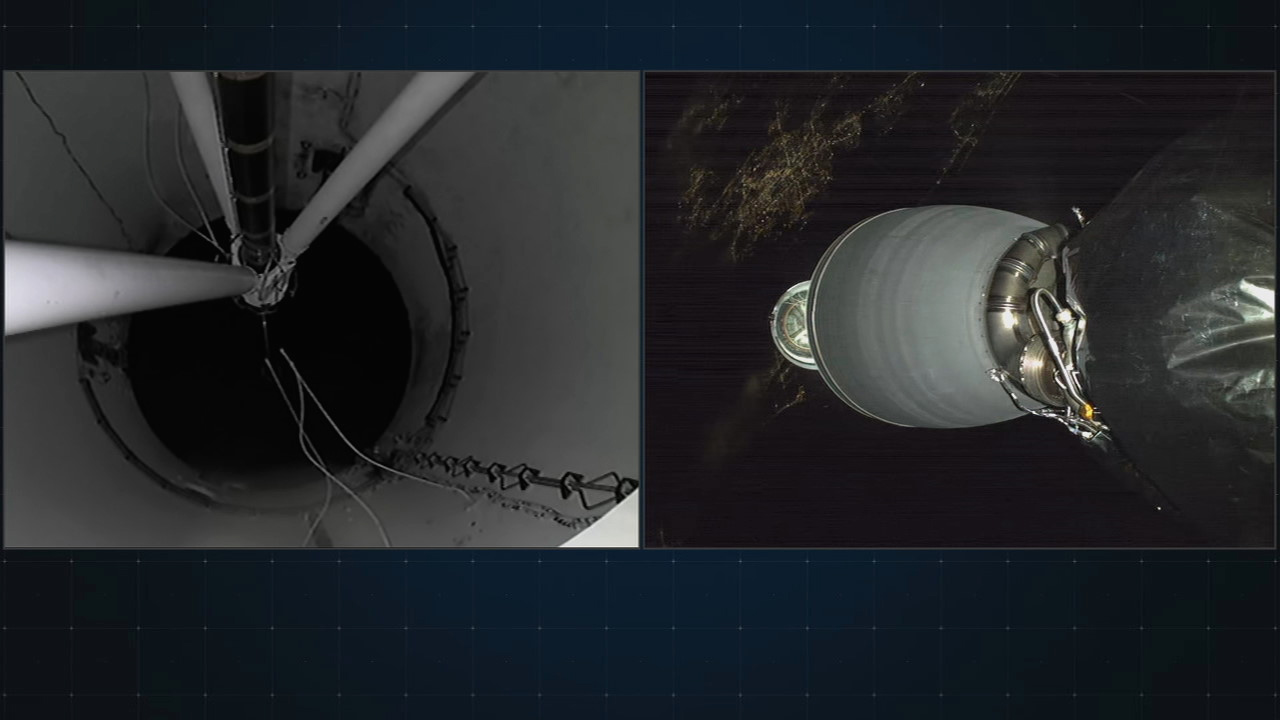
SpaceX’s Dragon spacecraft – carrying about 6,500 pounds of critical science, hardware, and crew supplies – is on its way to the International Space Station following a successful launch from NASA’s Kennedy Space Center in Florida. The company’s Falcon 9 rocket lifted off from Launch Complex 39A at 8:28 p.m. EST Thursday, Nov. 9, on SpaceX’s 29th resupply services mission for NASA to the orbiting laboratory.
The mission marks the ninth flight on the Commercial Resupply Services-2 SpaceX contract and the second flight of this Dragon, which previously flew on NASA’s SpaceX 26th resupply services mission.
Dragon now is safely in orbit, and its solar arrays have deployed. A series of thruster firings will help Dragon reach the space station at approximately 5:20 a.m. on Saturday, Nov. 11. Upon its arrival, it will dock autonomously to the space-facing port of the station’s Harmony module, with NASA astronauts Jasmin Moghbeli and Loral O’Hara monitoring operations.
Live coverage of Dragon’s arrival will air on NASA TV, the NASA app, and the agency’s website beginning at 3:45 a.m. EST.
Dragon will remain at the space station for about one month until it returns to Earth with research and return cargo, splashing down off the coast of Florida. To stay updated on all station activities, follow @space_station and @ISS_Research on X, as well as the ISS Facebook and ISS Instagram accounts. Or follow along the station blog at: https://blogs.nasa.gov/spacestation/.
Space X Dragon Separates from Second Stage
SpaceX’s uncrewed Dragon spacecraft has separated from the company’s Falcon 9 rocket’s second stage as the spacecraft continues its journey to the International Space Station for NASA, delivering critical supplies, equipment, and material to support multiple science and research experiments that will take place aboard the orbiting laboratory.
Arrival to the station is scheduled for approximately 5:20 a.m. on Saturday, Nov. 11. The SpaceX Dragon spacecraft will dock autonomously to the space-facing port of the station’s Harmony module.
SpaceX Falcon 9 First Stage Lands!
The SpaceX Falcon 9 rocket’s first stage successfully landed on SpaceX’s Landing Zone 1 at Cape Canaveral Space Force Station in Florida. Today’s launch marked the ninth flight on the Commercial Resupply Services-2 SpaceX contract and the second flight of this Dragon spacecraft, which previously flew on NASA’s SpaceX 26th resupply services mission.
Coming up next, Dragon will separate from the rocket’s second stage to continue its journey to the space station.
Main Engine Cutoff; First Stage Separates
The nine Merlin engines in the SpaceX Falcon 9 rocket’s first stage have finished their burn, and the first stage has separated from the vehicle.
As the second stage continues carrying the company’s Dragon on its journey, the first stage will land on SpaceX’s Landing Zone 1 at Cape Canaveral Space Force Station in Florida. That landing is coming up in just over six minutes.
Liftoff! NASA’s SpaceX Mission Lights Up the Florida Evening Sky!
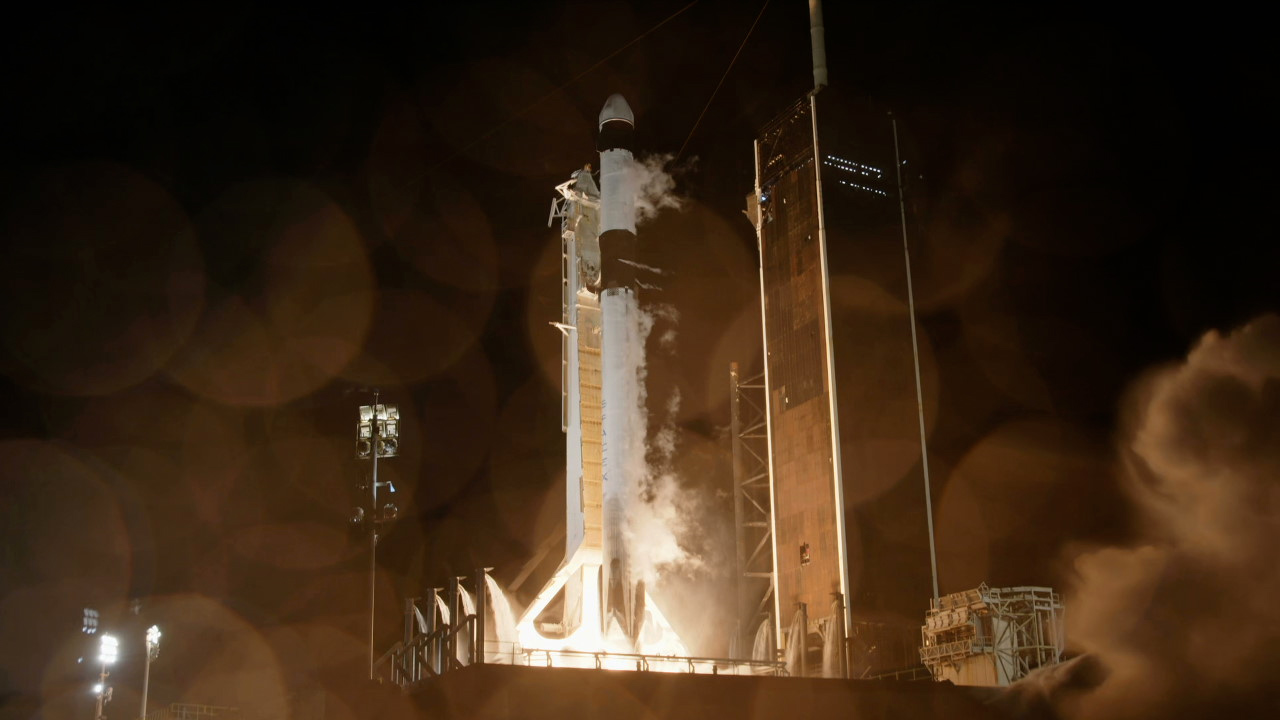
The rocket has powered off of the pad! At 8:28 p.m. EST, SpaceX’s Falcon 9 rocket lifted off from NASA Kennedy Space Center’s Launch Complex 39A in Florida, starting the Dragon spacecraft’s approximately 33-hour trip to the International Space Station for NASA.
Dragon will deliver new science investigations, supplies, and equipment for the Expedition 70 crew currently aboard the orbiting laboratory. Coming up in the next minute, the Falcon 9 will pass through Max Q – the moment of peak mechanical stress on the rocket.
At about two minutes and 17 seconds after liftoff, the main engine in the rocket’s first stage will shut off, followed by the first and second stages separating.
Counting Down: 10 Minutes Until Liftoff
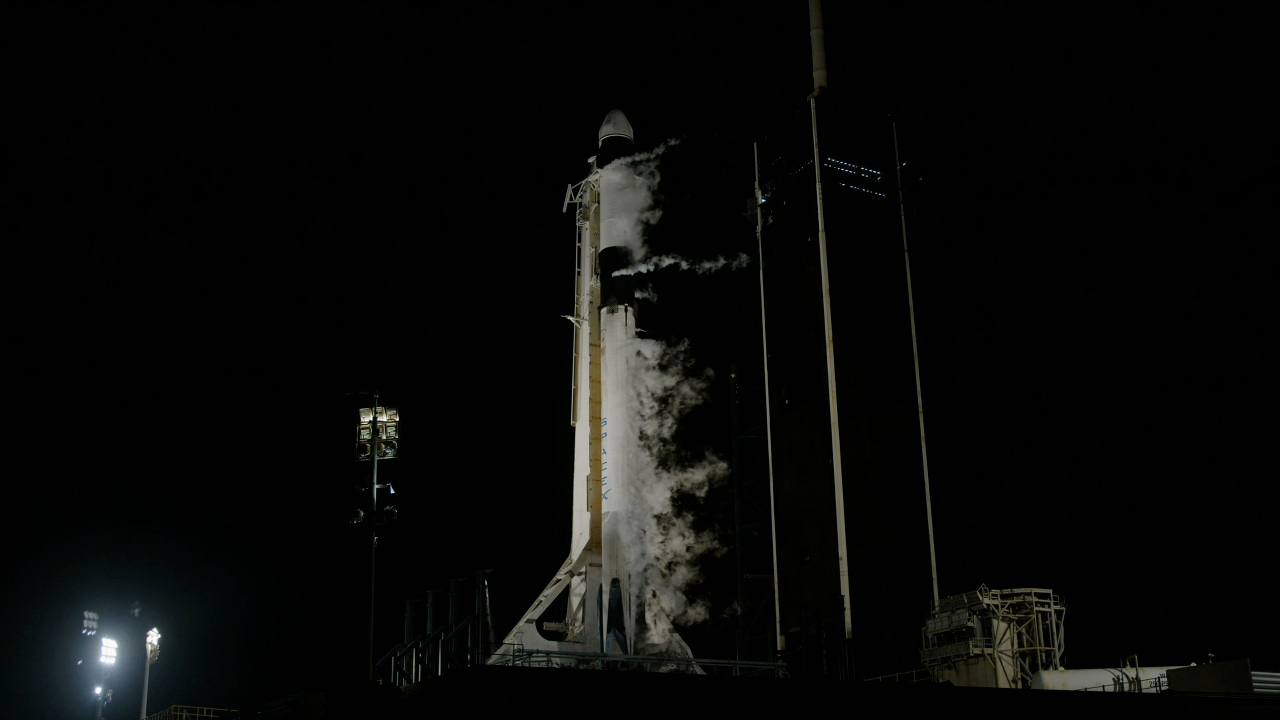
Launch preparations are well underway, and the countdown remains on track for SpaceX’s 29th cargo resupply launch to the International Space Station for NASA. In approximately 10 minutes, at 8:28 p.m. EST, the SpaceX Falcon 9 rocket’s nine Merlin engines will roar to life, sending the company’s Dragon spacecraft on its way to the orbiting laboratory.
The spacecraft will deliver critical supplies and equipment that will support dozens of the approximately 200 science and research investigations that will occur during Expedition 70.
Coming up in the next few minutes, the Falcon 9 will begin its prelaunch engine chill, which involves flowing a small amount of the super-cold liquid oxygen (LOX) into the Merlin engines’ turbo pumps to avoid thermally shocking the system when the full flow of LOX runs through them.
Following that, Dragon will transition to internal power and the command flight computer will begin its final prelaunch checks, culminating with the SpaceX launch director verifying we are “go” for launch.
As a reminder, NASA Television, the NASA app, YouTube, and the agency’s website will continue to provide live coverage of today’s launch.
NASA Sending Important Science to the Space Station
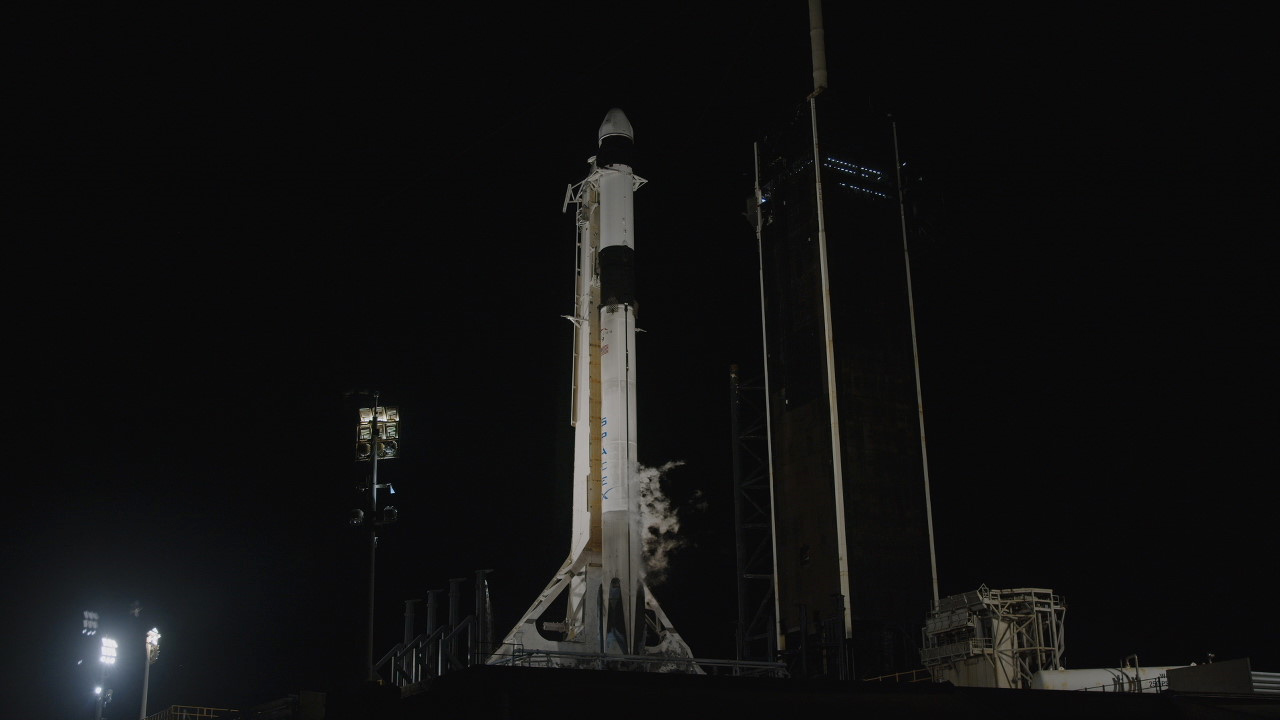
Tonight’s launch of NASA’s SpaceX 29th Commercial Resupply Services mission is set for 8:28 EST, from Launch Complex 39A at Kennedy Space Center in Florida. Our live broadcast is underway. You can watch on NASA Television, the NASA app, YouTube, and on the agency’s website, or get live updates here on the blog.
The mission will carry scientific research, technology demonstrations, crew supplies, and hardware to the International Space Station to support its Expedition 70 crew, including NASA’s ILLUMA-T (Integrated Laser Communications Relay Demonstration Low Earth Orbit User Modem and Amplifier Terminal) and AWE (Atmospheric Waves Experiment).
- Once installed on the station’s exterior, ILLUMA-T aims to test high data rate laser communications from the space station to Earth. The system uses invisible infrared light to send and receive information at higher data rates than traditional radio frequency systems. Working together, ILLUMA-T and the agency’s Laser Communications Relay Demonstration, currently in orbit around Earth, will complete NASA’s first two-way laser communications relay system.
- Also to be installed on the station’s exterior, AWE will use an infrared imaging instrument to measure the characteristics, distribution, and movement of atmospheric gravity waves, which roll through the Earth’s atmosphere when air is disturbed. Researchers also are looking at how these waves contribute to space weather, which affects space-based and ground-based communications, navigation, and tracking systems. Increased insight into atmospheric gravity waves could improve understanding of Earth’s atmosphere, weather, and climate and development of ways to mitigate the effects of space weather.
The spacecraft is expected to spend about one month attached to the orbiting laboratory before it returns to Earth with research and about 3,800 pounds of return cargo, splashing down off the coast of Florida.
